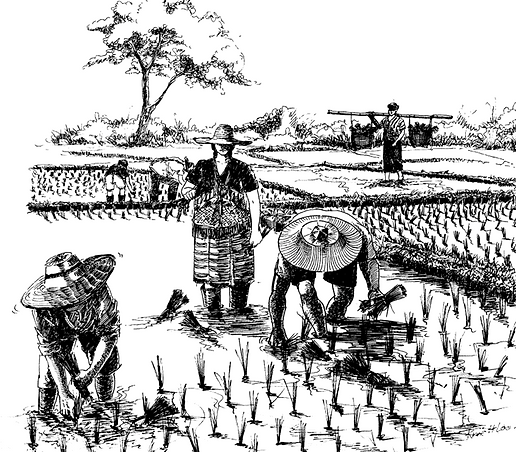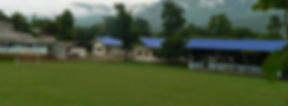
The Karen: Their story


No one knows where the Karen people came from. It was certainly from the north, perhaps Tibet, perhaps Mongolia. But we do know there have been Karen living in Myanmar (Burma) for centuries, and more recently in the borderlands of Thailand.
Most Karen, between 5 and 7 million, live in Myanmar, and well over half a million are Thai citizens. Many more live in refugee camps along the Thai border, and many have emigrated to countries throughout the world.
Some of the Karen story is tragic. As an ethnic minority they have endured much in post-colonial Myanmar. Christian Karen, about 30% of all Karen, are a religious minority in largely Buddhist Myanmar and Thailand.
Karen moved across the Salween and Moei rivers into Thailand in the 18th Century. They live mainly in the Thongchai ranges of northwest Thailand. Ancient Thai kings recruited them as border guards.

The Karen people enjoy a simple lifestyle. They generally choose a beautiful place in the mountains where they can farm the lowland areas. The place needs to be sheltered from the weather, the land needs to be fertile, with a good supply of water.
Thai King Bhumibol Adulyadej (Rama IX 1946-2016) greatly helped the Karen and other ethnic groups with improved farming practices, education and health. Thai Karen benefitted from the king’s help to live peaceful and loyal lives.

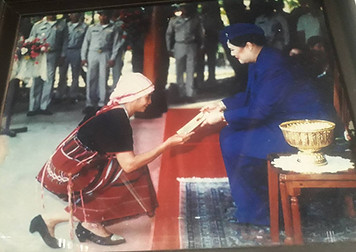
The King visiting the Karen Village of Choti, Maehongson province (Northern Thailand) in February 1978.
The Queen visiting the Karen Village of Pangtong, Maehongson province (Northern Thailand) on March 1995.
Karen are proud of their heritage. Their customs and culture are unique, as are their major languages, S’gaw and Pwo Karen. In their mountain villages they wear traditional Karen clothing. They have a strong oral tradition, remembering their history and culture through poetry and song handed down across the generations.
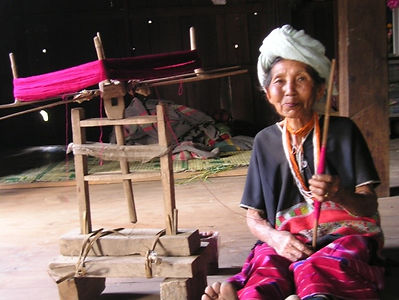
Most Karen are rice-farmers, originally using the ‘slash & burn’ method of clearing and burning jungle before planting. Nowadays most Karen have adopted terracing, so rice can be irrigated naturally. Agricultural experts - American Baptist Missionaries, Government Agencies and NGOs - have helped Karen improve their methods. Planting and harvesting the terraces can be back-breaking: Karen aren’t afraid of the hard labour needed to provide food for their families.
Karen grow cash crops such as coffee, soya bean, garlic, chillies and different kinds of vegetables. The money from the sale of these crops helps support their families, educate their children, and buy luxuries.
Cooperation among Karen is notable. They have a great sense of unity and a willingness to work together. Hard-working and uncomplaining, Karen help each other as they plant and harvest their rice fields, persevering until the work is done.
The Karen are people who express the JOY that lives within them!
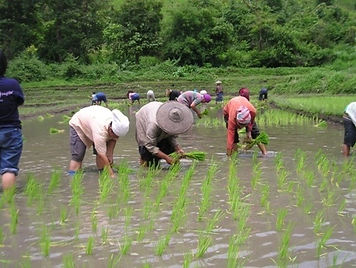
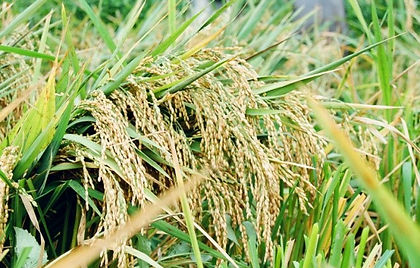
Karen society is matrilineal: property and land are inherited by the women. As a result, women have an important role in Karen society. They are respected and not looked down on or considered inferior. Husbands and wives share in decision making for the family. When Karen marry the daughter stays at her parents’ home and the husband usually comes to live with his in-laws.
Karen women excel in the art of weaving. They believe their weaving skills are a gift from God. In the mountain villages most Karen women can weave and a mother considers it’s her responsibility to teach that skill to her daughter. They are able to weave all the traditional Karen garments the family needs.
Karen men also weave, using bamboo. But the skill they are best known for is as some of the finest mahouts in the world. Mahouts look after and ride elephants. Before the logging ban in Thailand, Karen men worked in the teak forests harvesting mature timber. Today, many Karen work in the elephant camps entertaining tourists.


Karen people love their children. A Karen family is not complete until a child is born! They are precious and parents do their best to provide for them. All children are required to go to school. Some mountain villages have no schools, so Karen children must travel to a neighbouring village to go to a primary school. If the parents are able, they send their children to a nearby town for secondary education. In the towns the children sometimes live with other family members or board in hostels set up by the Church or the Government. Many Karen children receive scholarships from Compassion International or World Vision.
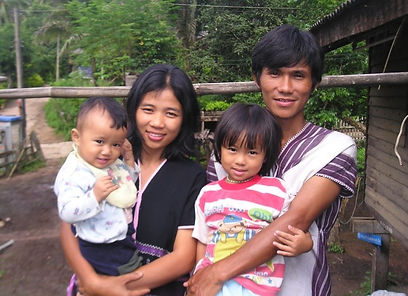

Culture, Legend and the Gospel
Traditionally, Karen were Animists, worshipping the spirits who were believed to inhabit mountains, rivers and forests. They believed the spirits were all around them. So, for good health, good harvests and prosperity they offered sacrifices to the spirits. But they also lived in fear that the spirits might harm them. However, they did believe in a Creator God who was supreme above both the natural and the spirit worlds. They also had the folk-memory of a ‘Golden Book’, lost by their ancestors but which a white-skinned younger brother would one day bring to restore and reveal what had been lost.
Christian missionaries and Karen evangelists used these beliefs in a supreme creator and a lost book as bridges for animist Karen to understand the Gospel. When from the 1820s missionaries arrived in Burma, some Karen believed that their ancestral legends had been fulfilled. Was the Bible the long-lost Golden Book? Was the God of the Bible the Karen Creator God, supreme over the spirit world and the natural world? Through the generations, many Karen have come to faith in Jesus, God’s only Son, who died to set them free from the control of the spirits.
Saw Ko Tha Byu was the first believer among the Karen in Burma. He is considered a very ‘colourful character’ who, before his conversion, was reportedly a robber and involved in many murders. He came to faith in Jesus in 1828 through the first American Missionary to Burma, Adoniram Judson. After Saw Ko Tha Byu’s conversion he became a notable evangelist among the Karen in Burma.
Christianity comes to Thailand
The Christian faith came to Karen in northern Thailand through Karen Baptists from Burma. One of the most notable was Muang Htwe.
Initially, a Karen Christian trader from Burma visited the Chiang Mai area to purchase elephants. He encountered a number of Karen who had heard the preaching of Presbyterian missionaries. He stayed with the Karen during the dry season, shared the Christian message, and taught them to read and write Karen. We do not know his name but we do know that when he returned to Burma he told the Burma Baptist Mission Convention about the Karen in Thailand. He encouraged them to send Karen missionaries, and they appointed three: Maw Klo, Shwe Mya and Saw Hray. They sailed from Rangoon (Yangon) on December 12th, 1880.
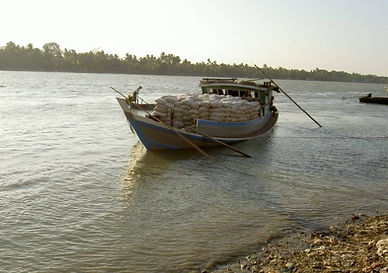
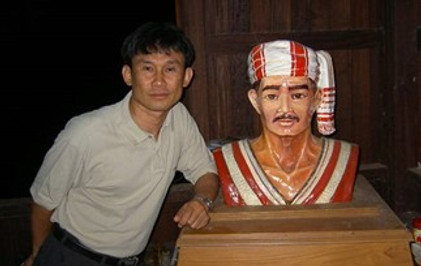
A likeness of Muang Htwe with TKBC evangelist Rev Saw Thoo
Muang Htwe happened to be on the same boat, and was converted on the journey! God used this man to be a great blessing to the Karen. Arriving in Thailand in 1881 the Karen missionaries were cordially welcomed by the Presbyterian Missionaries. One of these was Dr Daniel McGilvary, who encouraged them to travel to Lampang district and visit the villages of Baan Tet, Baan Nok and Ban Ken.
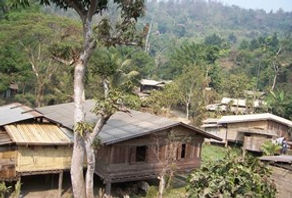
Baan Nok Village today
After the Burmese missionaries returned to Burma, Muang Htwe remained. To the best of his ability he taught the people from the Bible, resulting in the first Karen church in Thailand at Baan Nok. Photos below taken in 2007 at the 125 year anniversary of Baan Nok Church
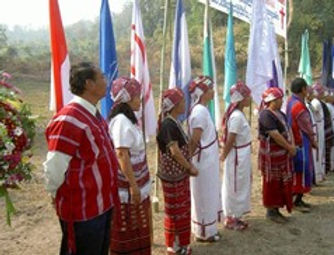
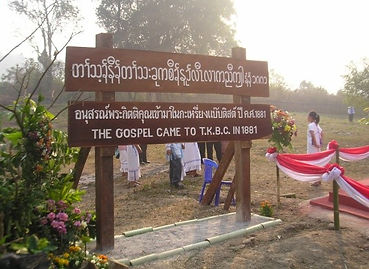
The history of the Thailand Karen Baptist Convention is amazing! The Karen Church in Thailand grew out of that first church in Baan Nok. The Karen are the best evangelists to their own people. They have shared their faith from 1881 to the present day. (See the Thailand Karen Baptist website www.http://www.karen-tkbc.com/ and https://en.wikipedia.org/wiki/Thailand_Karen_Baptist_Convention
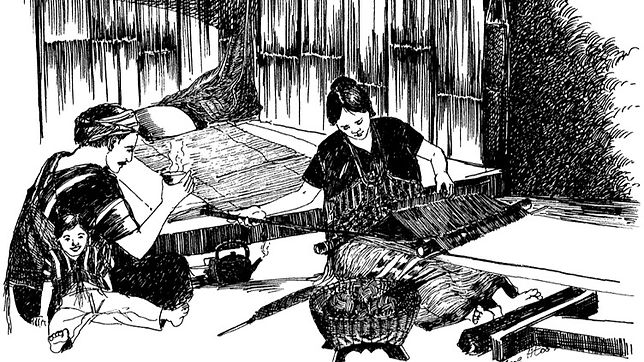
Further reading and references, on the Karen, and on churches and missionaries in Thailand and Myanmar.
Some of these books are only available second-hand, but all appear on Google Books or Amazon or on their publisher’s website.
-
‘Never a Dull Moment’ by Pat Atkinson, 2016, Pp 116, published by Chrestos Mission Foundation. The life-story of Dr Geoffrey and Pat Atkinson and their family, including the history of Chrestos Mission. An engaging and very readable insight into Christian ministry in SE Asia. ISBN 978 616 91028 5 4.
-
‘Peoples of the Golden Triangle’ by Paul and Elaine Lewis, Thames and Hudson 1984, is a treasure trove of 700 photographs. The Karen are profiled in Chapter 3. ISBN 10: 0500973148 ISBN 13: 9780500973141
-
‘To The Golden Shore’ by Courtney Anderson, a biography of pioneer American Baptist missionary Adoniram Judson. The best book about the early missionaries in Burma. Judson Press, 1956, ISBN 0817011218.
-
‘Burma, a Nation at the Crossroads’ by Benedict Rogers, 2012, ISBN: 978-1846044465
-
'Siamese Gold: The Church in Thailand' (1981) by Alex Smith, published by Kannok Bannasan (OMF Thailand). An accurate and important history up to the 1970s. Pp 309. ISBN 978-974-7302-34-9.
-
‘Behind the Smiles: Tales from Life in Thailand’ by Jane Fucella Onwards and Upwards Publishers, 2016, Pp 193. A readable and encouraging testimony of cross-cultural life. ISBNs: 1911086596 USA, 9781911086598 UK
-
‘A Land Without Evil: Stopping the Genocide of Burma's Karen People’ by Benedict Rogers. A hard-hitting book, with an impassioned plea by Reverend Simon, a Karen Pastor, and a Forward by Baroness Cox. A valuable and informative text, with many good testimonies. Monarch Books: ISBN 1 85424 646 1 (UK) Kregel Publications, 2004 - Burma - 252 pages: ISBN 0 8254 6059 X (USA)
-
The Wikipedia article https://en.wikipedia.org/wiki/Karen_people has little beyond 2010, but indicates population, language and history. Some reservation needed over statistics.
-
Modern studies of Karen ethnography and religion, such as by Professor Yoko Hayami of Kyoto University Japan (1996, 2004, 2013), can be found in sources like https://brill.com/view/journals/ssm/31/3-4/article-p251_3.xml?language=en
